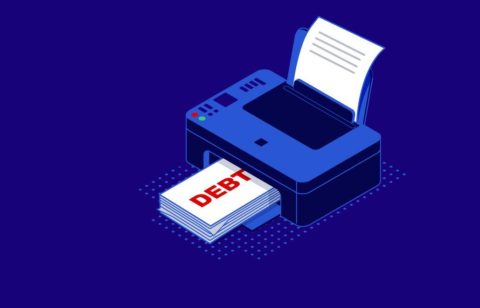Navigating Student Loans in 2024 and Beyond
College tuition is on the rise, leaving people with a lot of student debt – over $1.7 trillion in total! This financial burden is due to two main reasons: College prices keep rising faster than most people’s incomes, and government financial aid has decreased. So, is college still worth the investment? It depends on your career goals and how much debt you’re comfortable taking on.
College can be expensive, but it’s not always a bad deal. If you’re aiming for a high-paying job in science, like engineering or medicine, a STEM degree may help you pay off your loans faster. However, some fields like art or early childhood education may not pay as well, so think carefully about how much debt you’re comfortable with before choosing your major. It’s important to follow your passions but remember to consider the financial side of education.
Do Your Homework on College Debt
Before you apply for college loans, consider the following:
- Know your earning potential: Research what people in your dream job typically earn when they start. A starting salary can give you an idea of how much money you may have to pay off your loans once you graduate.
- Estimate your loan burden: Figure out how much debt you’ll have when you graduate. Include your tuition, living expenses, and any other loans you’ll need.
- Crunch the numbers: Ideally, your loan payments should be less than your yearly salary, so you’re able to pay them off within 10 years. This is called your debt-to-income ratio.
Beat Student Debt: Free Money & Smart Tips
Taking these steps may help ease some of the costs of college tuition.
- Search for Scholarships: Websites like Scholarships.com and Fastweb may help you find college scholarships. Remember to check your college’s website too! They may have hidden financial opportunities waiting for you.
- Fill Out the FAFSA: Fill out the Free Application for Federal Student Aid (FAFSA). It unlocks grants and federal loans with interest rates that are often lower than private loans.
- Work While You Learn: Working part-time may help you pay for school and graduate more quickly. That could mean fewer semesters and less debt!
Student Loan Repayment Plans
When it’s time to start paying your college loans, there are several available payment options to consider.
- Standard Repayment: Pay the same amount each month for 10 years. This option is great if you have a steady income, but may be tough if money is tight.
- Graduated Repayment: This allows you to start with smaller payments that grow over time (10 years). It’s helpful for recent grads who expect their income to rise.
- Income-Driven Repayment: These payments are based on your income and family size. It’s potentially easier on your wallet at first but takes longer to repay (up to 25 years). The Pay As You Earn plan has extra perks: super low payments (10% of your income) and loan forgiveness after 10 years.
Explore your repayment options and choose one that best meets your needs. Remember, you’re not alone in this. The experts at studentaid.gov share a wealth of resources and tools to guide you through the repayment maze to make it to the other side. With a little effort and planning, paying off your student loans is achievable. You’ve got this!







